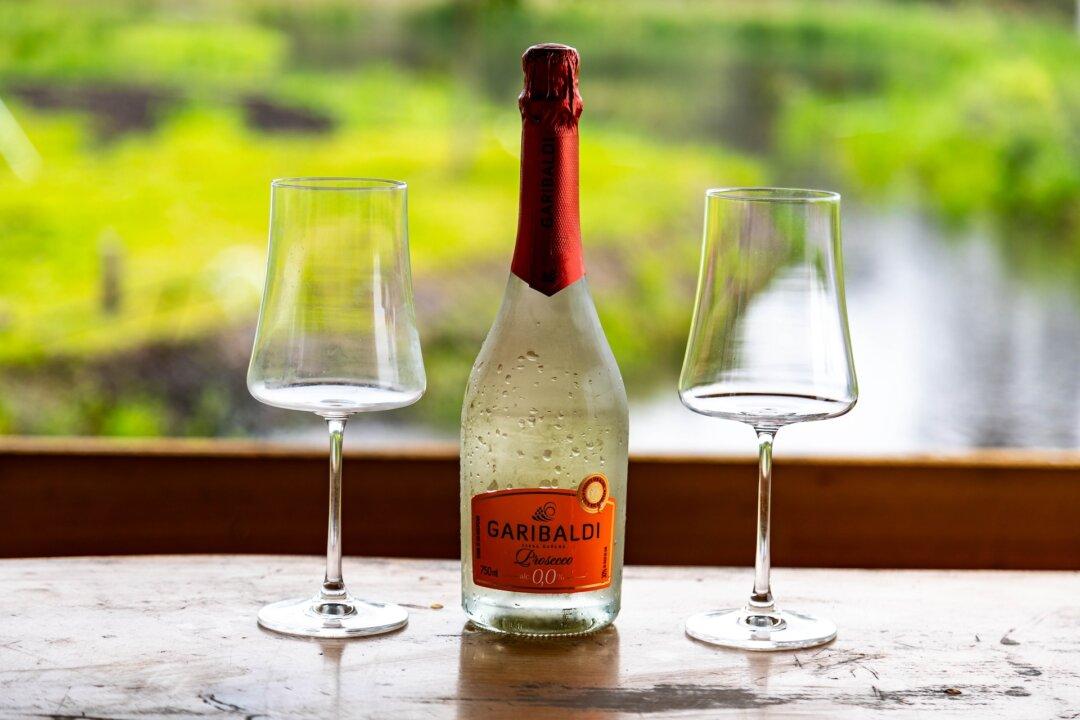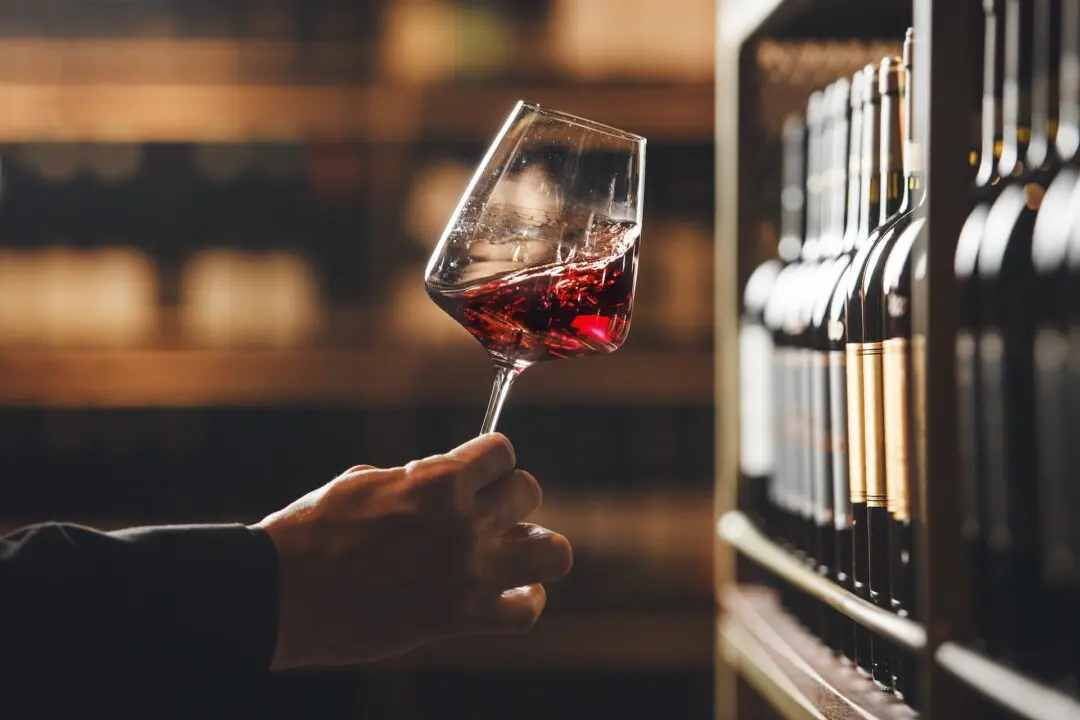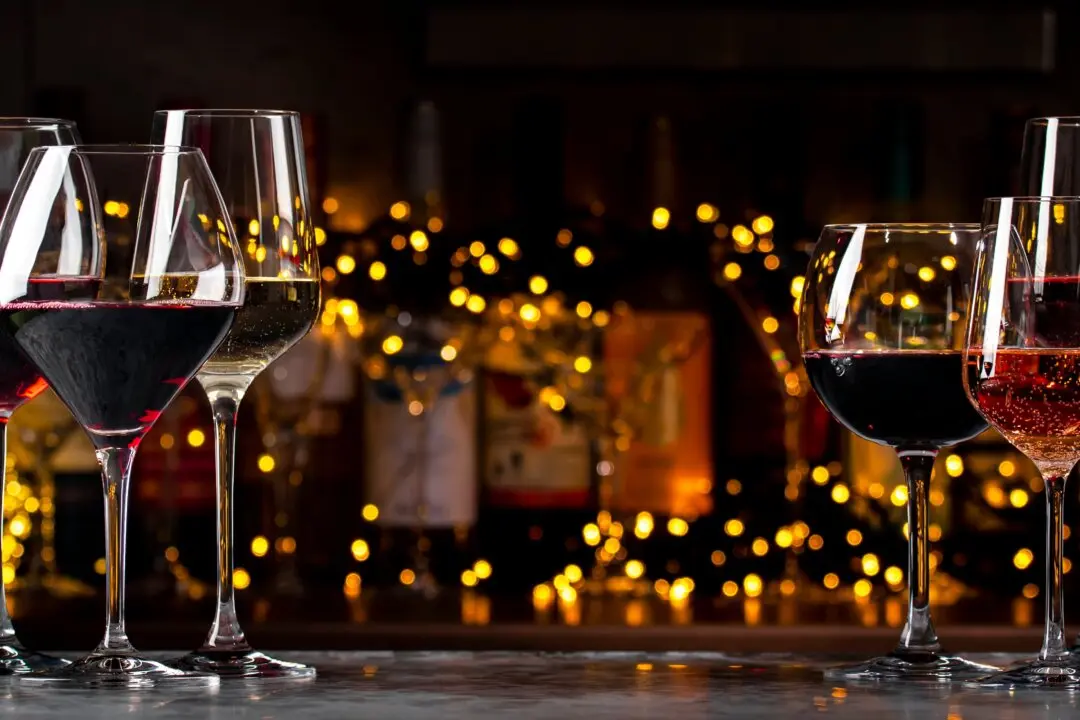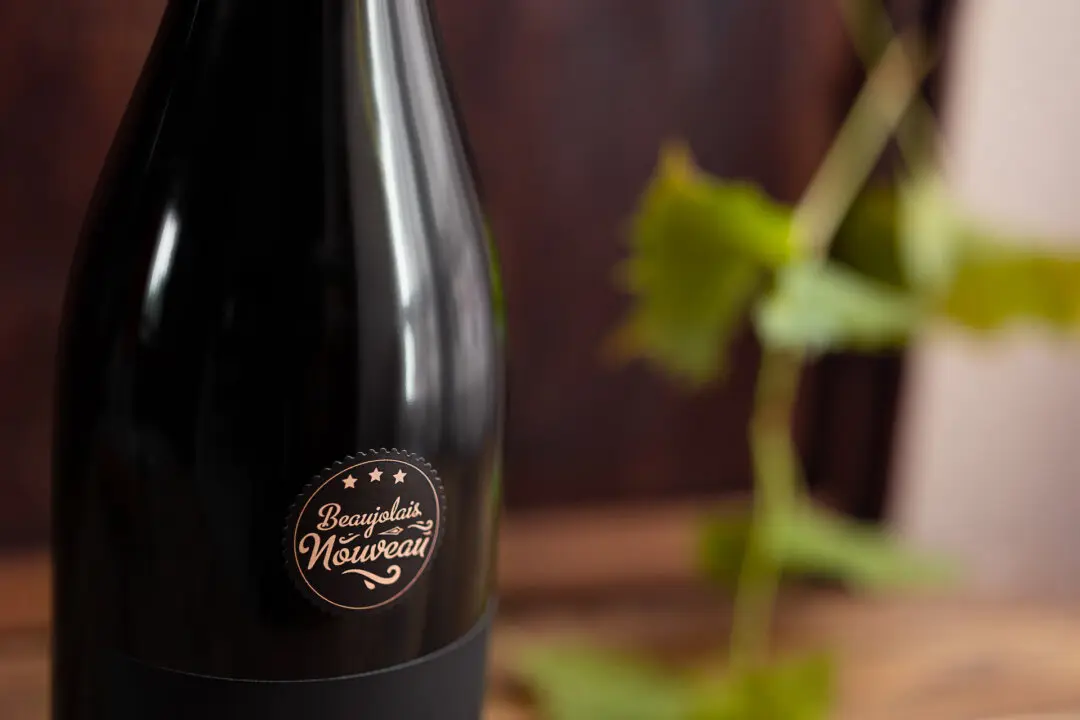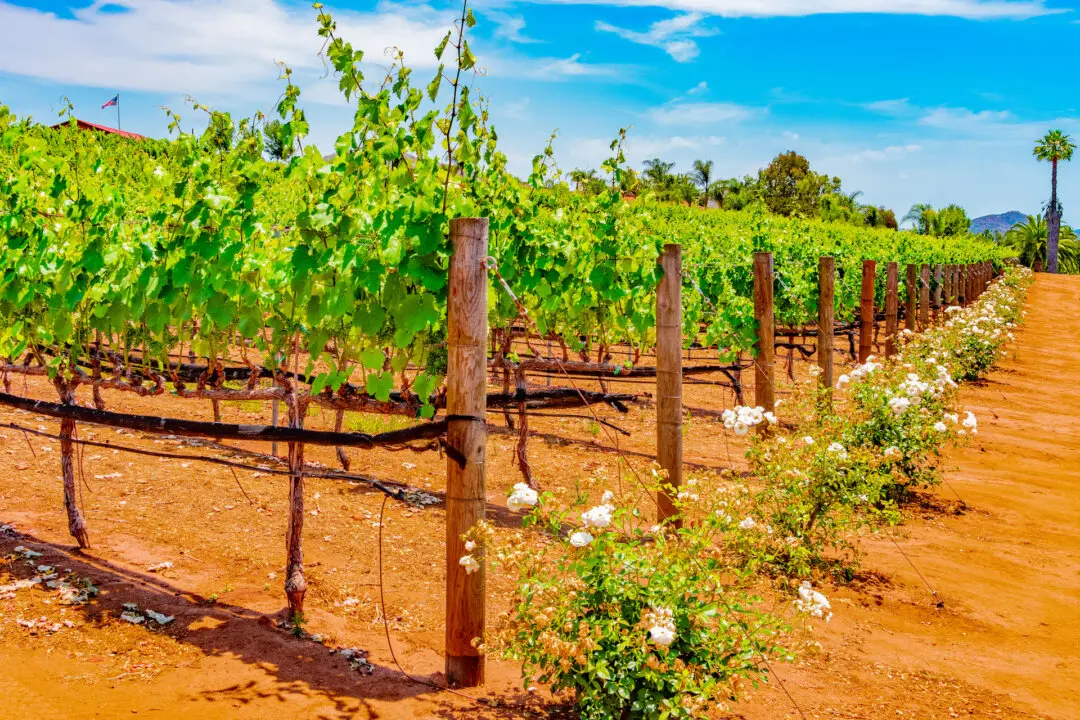I tasted a wine the other day from a bottle with a label stating that the alcohol by volume was 14.5 percent. It tasted like it was about twice that; my throat burn was so strong I sought antacids.
By definition, wine has alcohol. Without it, most nonalcoholic wines are thin and lackluster. Even the latest efforts are not particularly exciting.

